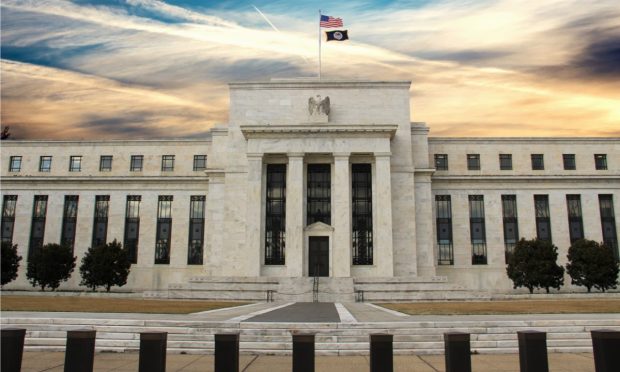Federal Reserve Eyes Summer ’23 Launch for FedNow

The Federal Reserve is readying its FedNow payments system for launch next year, a move supporters say will make near-instant payments widely available.
As The Wall Street Journal reported Monday (Aug. 29), the system will make bill payments, paychecks and other consumer or business transfers available round-the-clock, compared to the current system that is closed on weekends and can sometimes take days for funds to be available. Last year, those rails handled more $73 trillion in payments.
U.S. electronic banking relies on two networks for moving payments: the Automated Clearing House system (ACH), which provides overnight transactions and same-day payment transfers, and the Real-Time Payments system, which sends money almost instantly.
The success of FedNow could help determine the future of a central bank digital currency (CBDC), per the report. This currency would be backed by the Federal Reserve, just as paper money has the Fed’s backing. FedNow’s instant payments could solve many of the problems that CBDC supporters say digital currencies would fix.
“I think, at a very base level, both are going to be needed,” Atlanta Fed President Raphael Bostic told the Journal in an interview last week. However, in a speech earlier this month in Little Rock, Arkansas, Fed Governor Michelle Bowman suggested FedNow will make a digital dollar unnecessary.
See also: Fed’s Bowman Says FedNow Makes Digital Dollar Unnecessary
Addressing the VenCent Fintech Conference, Bowman said that “my expectation is that FedNow addresses the issues that some have raised about the need for a CBDC.”
Pointing out that the Fed’s real-time payments rail “will help transform the way payments are made through new services that allow consumers and businesses to make payments conveniently, in real time, on any day, and with immediate availability of funds for receivers,” she added the Fed’s assessment of those benefits hasn’t been affected by the debate over how a CBDC would “fit into the future U.S. money and payments landscape.”
The Journal noted that big banks had lobbied to prevent the Fed from developing FedNow, having invested more than $1 billion in their own instant payments program. Additionally, industry officials said the notion of a competing federal system unwittingly slowed the spread of faster payments.
However, some smaller lenders encouraged the Fed to move ahead, worried about ending up at the financial mercy of larger competitors.
“A trusted and reliable government-run service that can enhance adoption of real-time payments is something credit unions are excited about,” said Greg Mesack, senior vice president at the National Association of Federally-Insured Credit Unions.
